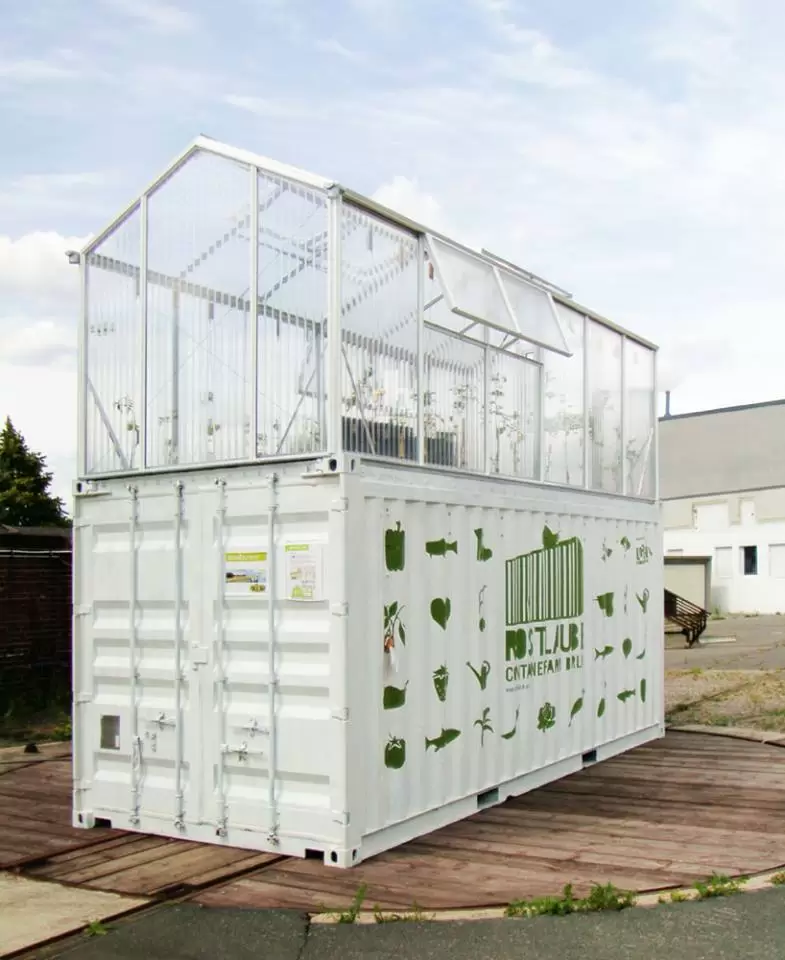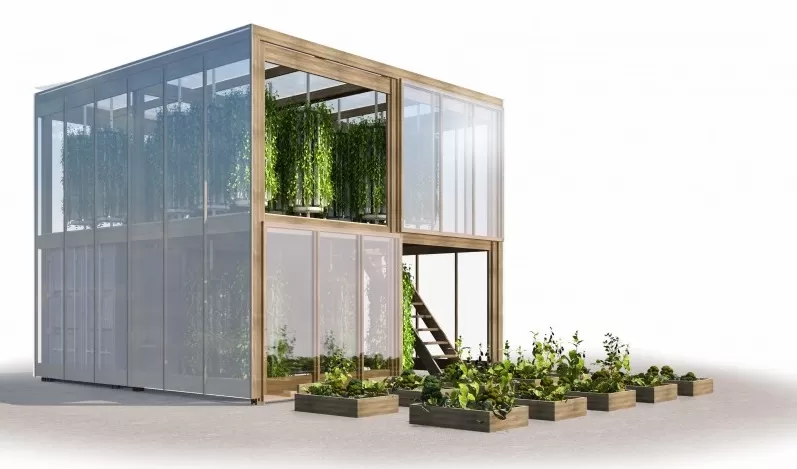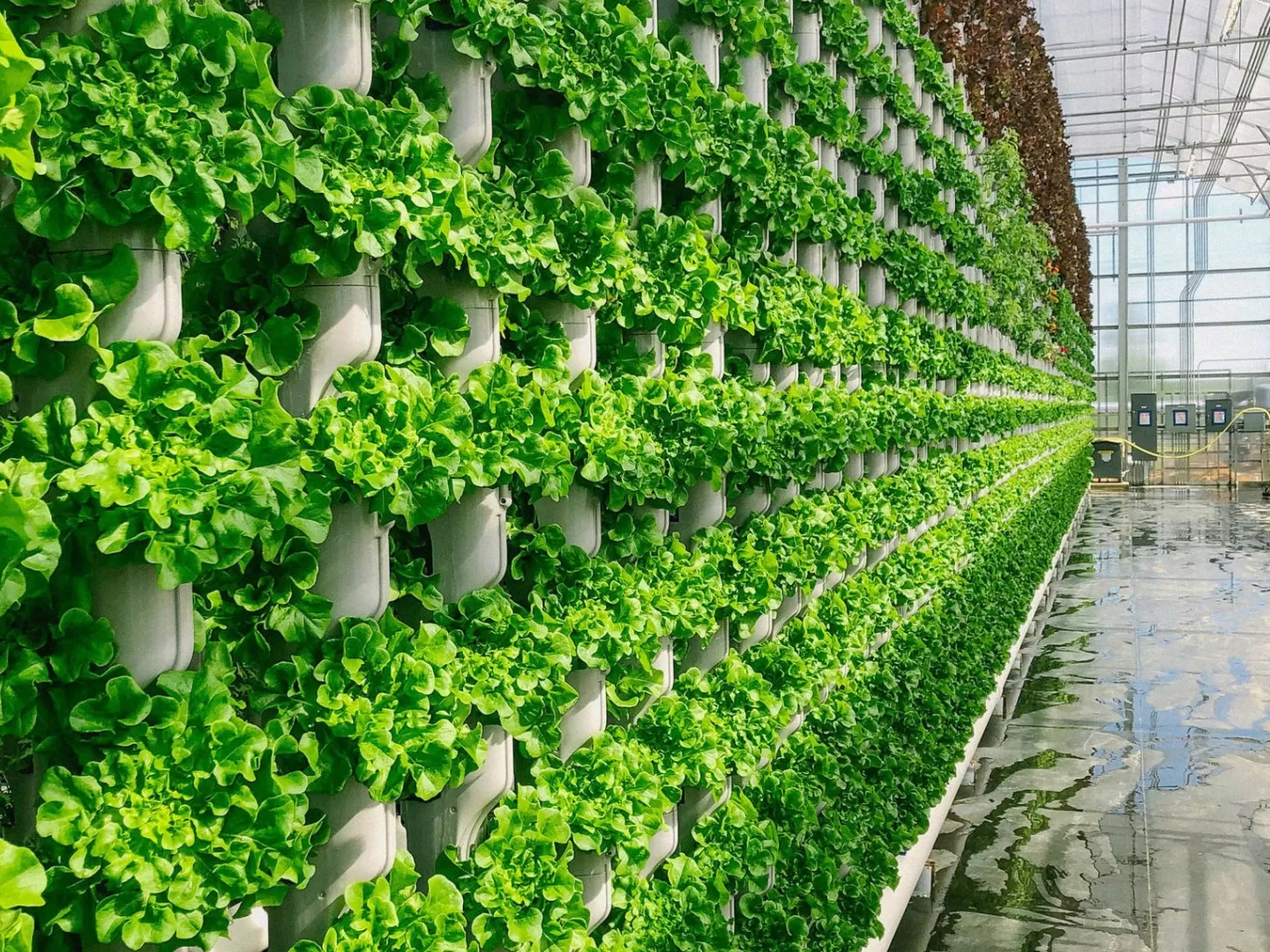How Shipping Container Greenhouses Work & Their Benefits
Are you tired of having your gardening efforts thwarted by unpredictable weather? Or perhaps you’re dreaming of growing your own veggies but living in a concrete jungle with no garden in sight? Then, let’s explore the features of shipping container greenhouses.
How Shipping Container Greenhouses Work
A shipping container greenhouse works by harnessing the power of controlled environment agriculture (CEA). This means you can control every aspect of the environment inside the container: temperature, humidity, light levels, and even CO2 levels. You can create your own little world where the sun always shines (unless your plants prefer a bit of shade).
The thick walls of the container, a product of green technology, keep your little world insulated, trapping heat in the winter and bouncing it back in the summer.
Indoor Farming Container Layout
Despite their narrow appearance, these containers pack in quite a bit of space. A standard 40-foot container, for instance, provides around 320 square feet of growing room — about the size of a small garden. This allows for crop diversification and supports agricultural innovation.
The inside of a farming container usually has two parts: the plant palace (the growing area) and the tech hub. The plant palace is decked out with grow lights, an irrigation system, and all the climate control systems, essential for year-round gardening. The tech hub houses all the equipment needed to run the greenhouse, such as the control panel and water tanks.

Stacking Vertical Growing Containers
Just like in a busy shipping port, these containers can be stacked on top of each other, creating a multi-storey farm. This type of urban sustainability is especially useful for urban farming, where space is often at a premium.
Stacking containers vertically allows you to maximize your growing space without taking up more ground area. Each container operates independently, so you can even grow different crops in each one, promoting permaculture and crop diversification.
Benefits Of Shipping Container Greenhouses
The benefits of these innovative structures allow you to grow your own succulent strawberries or crisp lettuce right in the heart of the city.
Hydroponic Shipping Containers Grow Food In Urban Areas
A shipping container greenhouse makes it possible to grow food pretty much anywhere — even in the concrete jungle. These containers are compact, portable, and stackable, that’s why they are perfect for urban areas with limited space. They also use hydroponic farming systems, which means they grow plants in water rather than soil. This is an example of eco-friendly farming practices and agricultural innovation.

Your Shipping Container Greenhouse Is Earth-friendly
Speaking of water, shipping container greenhouses also ensure urban sustainability. The hydroponic farming system recycles water, using up to 90% less than traditional farming. Moreover, because you’re growing in a controlled environment, there’s no need for harmful pesticides or herbicides. You’re also giving a second life to an old shipping container that might otherwise end up in a landfill.
Controlled Conditions In Shipping Container Farms
These greenhouses allow you to control your growing conditions. You can adjust everything from the temperature and humidity to the light levels and CO2 concentration. This means crop production is possible all year round, regardless of the weather outside. Growing indoors also protects your plants from pests and diseases. This is a form of controlled environment agriculture.
Grow Your Shipping Container Garden With PelicanContainer
At Pelican Containers, we’re passionate about repurposing shipping containers into something extraordinary. The concept is simple yet ingenious: take a sturdy, spacious shipping container and transform it into a lush, thriving garden.
- One of the best things about choosing us for your shipping container garden project is the range of options available — from compact 20ft standard containers to larger 40ft high cube containers.
- Our containers are also widely appreciated for their quality. They’re robust, durable, and can withstand all kinds of weather conditions. This means your garden will be protected, come rain or shine.
While we don’t offer container modifications, we will support you throughout your urban farming journey. Our team has a wealth of knowledge and advice to share, from selecting the right container to setting up your garden.

Shipping Container Farm
The current human population stands at 7.9 billion as of December 2020 and poses a serious threat to the availability of adequate food to feed these mouths. With the decline in cultivable land, alternative farming methods, including farming inside repurposed shipping containers, have garnered much interest. If you’re also looking to reap benefit from this revolution, contact us. We’ll find you the appropriate container and do all the modifications so that you can grow your own food in your backyard with ease.
FAQ
What are the best crops to grow in a shipping container greenhouse?
You can grow almost anything. Lettuce, spinach, kale, tomatoes, peppers, cucumbers, and herbs usually do well. The key to crop production is to provide the right conditions, such as light, temperature, and humidity.
How do shipping container greenhouses compare to traditional glass greenhouses in terms of energy efficiency?
They can be! The metal walls of the container offer good insulation, helping keep a steady temperature. Also, their compact size can reduce the need for heating or cooling.
Are there any specific regulations or permits required for setting up a shipping container greenhouse in urban areas?
It depends on where you live. Some places might require a permit, especially if you’re making big changes to the container or placing it in a residential area. Always check with your local authorities first.
What are the main challenges one might face when maintaining a shipping container greenhouse, and how can they be overcome?
Keeping the temperature stable can be tricky since containers can heat up fast in the sun. Proper insulation and ventilation can help. Another challenge might be making sure your plants get enough light. You could install grow lights or cut windows into the container to let in sunlight. Remember, like all gardening, it takes regular care and attention.

 Vanessa Joy Eugenio
Vanessa Joy Eugenio